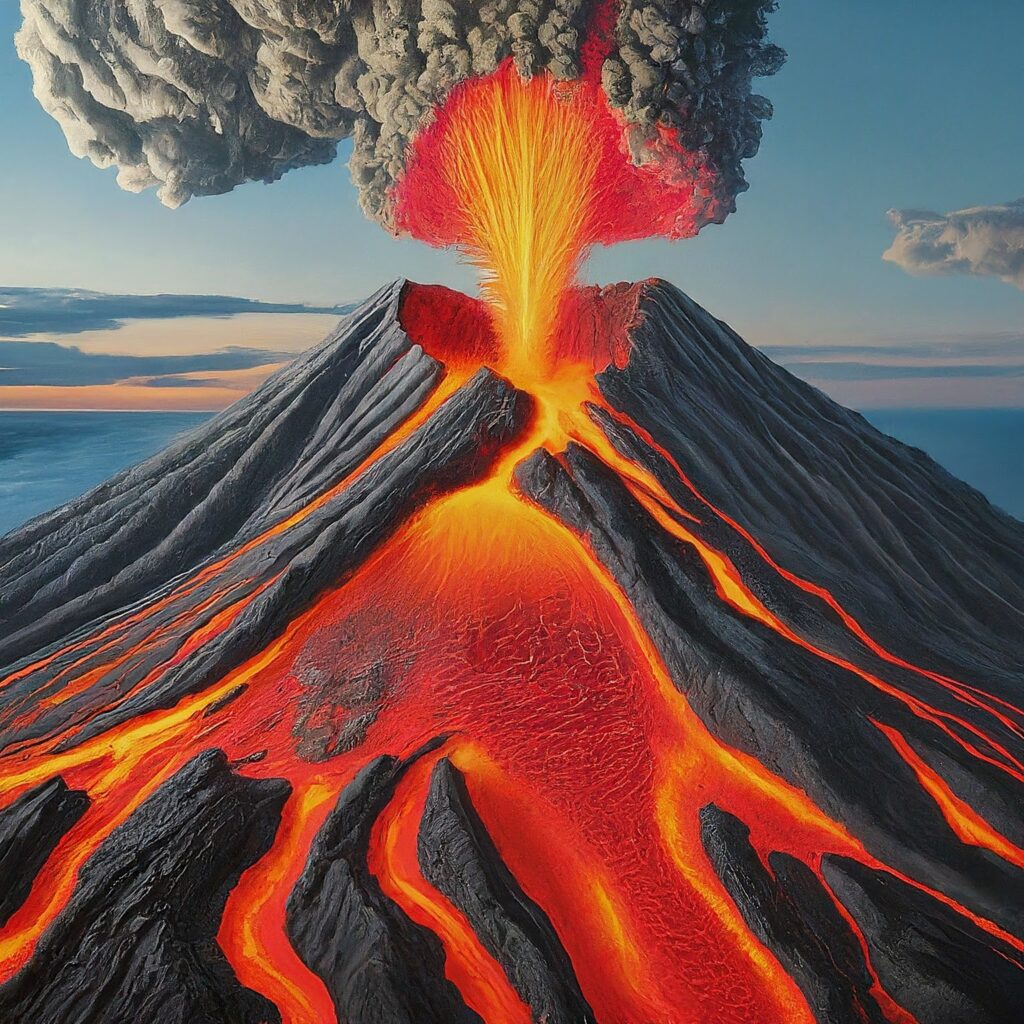Volcanicity is the processes by which magma, ash, and gas are erupted from the Earth’s surface. This geological phenomenon is caused by the movement of magma from the Earth’s mantle to the surface, where it is expelled as lava, ash, and gas. Volcanoes can be found all over the world, from under the ocean to on land, and have played a crucial role in shaping the Earth’s landscape and climate.

Table of Contents
Types of Volcanoes
Shield Volcanoes
Shield volcanoes are broad, gently sloping volcanoes that are formed by the accumulation of fluid lava flows. They are typically found in hotspot areas and are known for their relatively low-exclusivity eruptions.
Cinder Cone Volcanoes
Cinder cone volcanoes are steep-sided volcanoes that are formed by explosive eruptions. They are composed of volcanic ash and cinders that have been thrown into the air and then fallen back to the surface.
Stratovolcanoes
Stratovolcanoes, also known as composite volcanoes, are steep-sided volcanoes that are formed by the accumulation of alternating layers of ash and lava. They are known for their explosive eruptions and are typically found along tectonic plate boundaries.
Submarine Volcanoes
Submarine volcanoes are underwater volcanoes that are formed by the eruption of magma from the Earth’s mantle. These eruptions can create new land masses, as well as contribute to the formation of oceanic islands.
Volcanic Hazards
Volcanic eruptions can have significant impacts on local populations, like the release of ash, toxic gases, and lava. In addition, volcanic activity can also trigger earthquakes, tsunamis, and landslides. As a result, it is important for governments and communities to monitor volcanic activity and prepare for potential eruptions.
Impact of Volcanicity on Climate and Landscape
Volcanoes have played a significant role in shaping the Earth’s climate and landscape. Through the release of ash and gas, volcanic eruptions can alter the Earth’s climate by reflecting incoming solar radiation and cooling the planet. Volcanoes also play a role in shaping the Earth’s landscape by creating new land masses and reshaping existing ones through the eruption of lava and ash.
Read: Geography